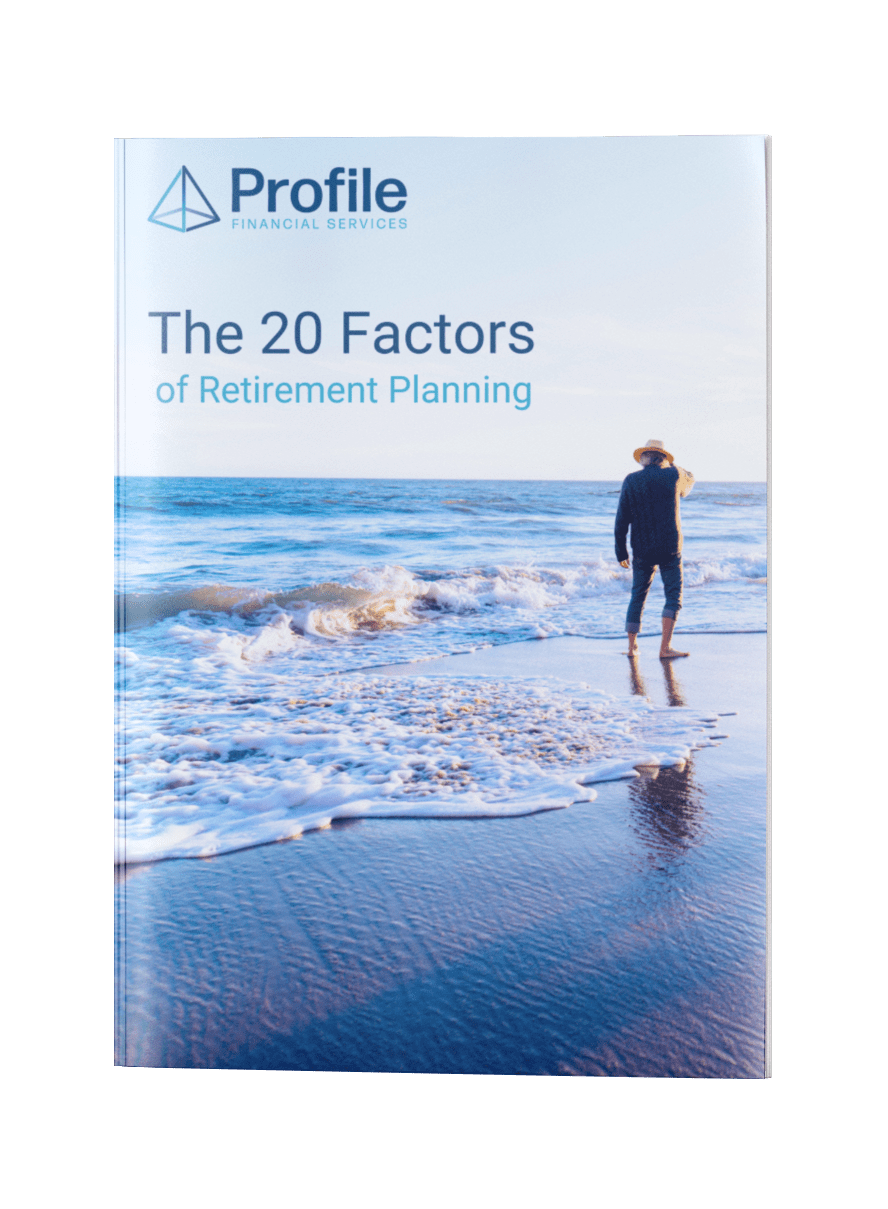From 1 July 2023 the ‘retirement age’ increased to 67 years. What we mean by that is, subject to meeting a number of other criteria this will be the earliest age at which Australians may become eligible for the age pension.
Earlier plans to further increase the ‘retirement age’ to 70 were abandoned by the government in 2018.
Why has the retirement age increased?
The 2014-15 Federal Budget argued the increase to the eligibility age was necessary due to an ageing population increasing demand for the age pension, health and aged care services. The ageing population is projected to produce a decline in the proportion of potential workers (taxpayers) relative to the number of people requiring government support payments like the age pension.
These demographic shifts are expected to put pressure on the Federal Budget and require policy measures to mitigate this pressure, so Australians continue to enjoy access to income support in retirement.
What Government policy measures were applied?
Options to address the budget pressure include measures to support people providing for their own retirement through superannuation and reducing expenditure on older Australians. Raising the pension age is a measure that was adopted with the age gradually increasing to 67.
It is argued that increasing the age when people become eligible for the age pension, will increase government revenues as people will stay in work and contribute taxes for longer periods. The increased age may also limit government expenditure by reducing the number of people on the pension in those earlier years.
What are the consequences of the increased retirement age?
There are a number of potential consequences of this policy measure including:
The impact for those in physically demanding roles
Australians working in physically demanding jobs may not be able to continue working and face periods with no income until they reach 67. They may need to draw on savings to bridge the gap from when they are forced to stop work until they become eligible for the age pension. This may result in them being eligible for the full or a higher part pension when they become eligible. Resulting in increased expenditure on the age pension for these people, which could mean no net reduction in government expenditures.
Increased reliance on other types of income support
People may also become eligible for other types of income support such as the Disability Support Pension if they are physically unable to work. Further reducing the potential for limiting government expenditure.
Future pension wealth
There may also be consequences in terms of equity and what the OECD calls ‘future pension wealth’. Life expectancy for different cohorts of the population may be very different. In Australia, the difference in life expectancy at age 60 for people in the highest income quintile (the top one-fifth) is roughly 5 years compared to people in the lowest income quintile (the bottom one-fifth).
Means testing of course means that the people in the highest income quintile are unlikely to be eligible for the age pension in the early years of retirement. However, their longer life expectancy means they may become eligible in later years. Thus, increasing overall ‘future pension wealth’. Whilst for people in the lower quintile the increased age to access the age pension combined with lower life expectancy may decrease ‘future pension wealth’.
Ageism
Another important factor to consider is the phenomenon of ‘ageism’ and the potential impact this may have on the likelihood of Australians working longer. Age discrimination is experienced by many people who are capable of working but their opportunities are limited by invalid assumptions about using technology or physical capabilities.
Ageism may also limit the opportunities for people to retrain if they are unable to continue working in physically demanding jobs and keep working in a different type of job for longer.
Conclusion
Increasing the age at which people become eligible for the age pension on face value seems a reasonable policy measure to mitigate budget pressures. However, as the above considerations highlight, this policy measure intersects with a range of other policy areas to influence our decisions about working and retirement.
The complexity faced by governments to provide access to a dignified life after work funded in full or partly by the age pension is significant. As individuals we may have differing levels of agency to take advantage of policy measures where possible but for some Australians their choices may be constrained and measures such as increasing the ‘retirement age’ may reduce overall ‘future pension wealth’.
To stay up-to-date with our latest articles, industry updates and more, simply follow our Facebook or LinkedIn pages.






